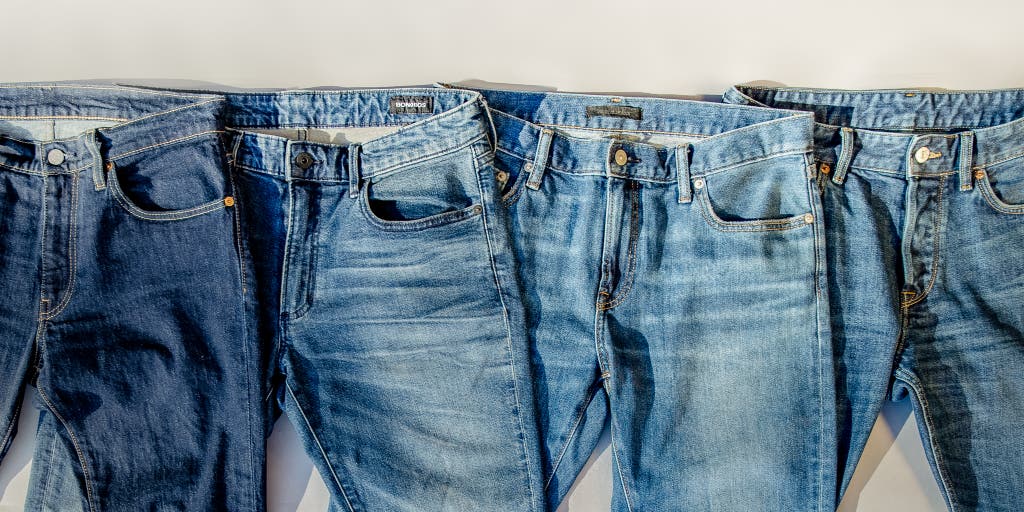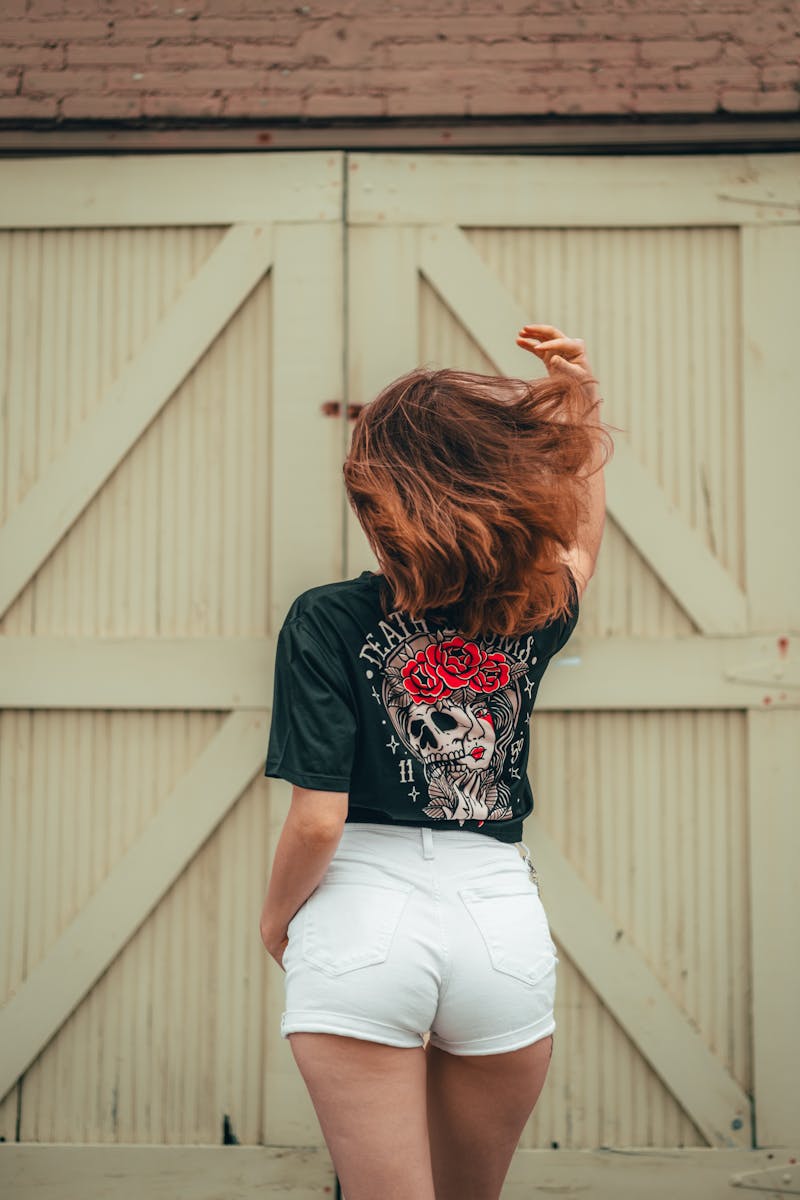Jeans are among the most recognizable clothing items ever created. Not a single person on the earth has not heard of them, and everyone wears them. But nobody is aware of the history of jeans or how they became popular in the fashion business. The fascinating history of jeans and how they have impacted the fashion industry for generations will be covered in this essay.
The Origins of Jeans
The history of jeans actually began in 1873 when Levi Strauss and Jacob Davis came up with the concept of making a pair of pants that would not only be comfortable but also able to withstand the demands of physically demanding jobs, including industrial manufacturing, mining, and agricultural labor. Because denim is durable, they were able to get a patent for riveted jeans and employ it. What they believed to be a straightforward product that met a need became the beginning of a worldwide fashion sensation.
The riveted pants were first associated with the middle class and hard work, but they eventually broke through that barrier and gained popularity as a fashionable yet functional casual wear alternative. Jeans were thus gradually taking over as the go-to item for a basic yet functional ensemble that is appropriate for every day. But it wasn’t until the middle of the 20th century that it began to gain popularity and become a cultural mainstay.
The Rise of Jeans
Since jeans really started to evolve from functional clothing into a symbol of revolt in the 1950s, that decade was crucial for denim. Denim was made iconic as the uniform of rebellion and young nonconformity by James Dean’s portrayal of a sullen adolescent in Rebel Without a Cause. All of a sudden, jeans were more than just trousers; they were a protest against social mores.
Conversely, jeans saw even more development in the 1960s and 1970s as they came to represent the counterculture movement. They were worn by hippies who wished to defy conventional wisdom as emblems of equality and freedom. Denim production started to transcend national boundaries at this period and eventually became a mainstay of international fashion. Because of its adaptability, it can be worn comfortably every day or as a tool of defiance in a variety of cultural contexts.
The Evolution of Jeans
Denim has evolved into a symbol of modern society by the 1990s. Hip-hop and grunge music popularized baggy jeans because many people wore them low and wore them with hoodies or big shirts. Designer denim also gained popularity during this time, as high-end labels attempted to turn pants from everyday wear to haute couture.
Slender jeans were the newest fashion trend and a mainstay in the fashion business when the early 2000s arrived. These form-fitting pants were a signature style that blended perfectly with both mainstream pop culture and independent music scenes. Because slim jeans appealed to a wide range of demographics, they were widely worn with structured jackets or large tops. However, like every trend, its dominance started to wane as younger generations preferred looser, more relaxed fits and have recently pronounced the days of skinny jeans to be over.
Wide-leg and baggy jeans are triumphantly returning in 2024 because of social media sites like TikTok and Instagram. This comeback isn’t just sentimental; it’s a reflection of larger cultural trends toward practicality and comfort. A world that emphasizes ease and sustainability in fashion is in line with the popularity of loose fits.

The Lasting Legacy of Levi’s
The company that began it all, Levi Strauss & Co., is at the center of denim’s long history. Despite fierce competition, Levi’s has shown incredible tenacity by holding onto an 11% market share in the US. The business has prospered over decades of changing trends thanks to its capacity for innovation and adaptation. Sales have recently increased as a result of Beyoncé’s reference to Levi’s in her Cowboy Carter album, demonstrating the brand’s continued cultural relevance.
But there have been difficulties for Levi’s as well. Declining profits in the late 1990s compelled the company to reconsider its approach. In order to secure its position in the fiercely competitive denim industry, the firm has prioritized direct-to-consumer sales and appealing to younger audiences under the direction of Chip Bergh and, more recently, Michelle Gass.
Denim’s Environmental Dilemma
Denim production has a high cost that few people are aware of, despite its widespread appeal. Because it takes more than 7,250 gallons of water to make one pair of jeans, the environmental impact is astounding. In addition to using a lot of water, the conventional techniques for dyeing and polishing denim also contribute to pollution. Brands are under increasing pressure to implement sustainable practices in order to maintain sales as consumers grow more environmentally sensitive.
By introducing water-saving technologies and investigating more environmentally friendly materials, Levi’s has taken action to allay these worries. However, the continued use of quick fashion and antiquated production techniques continues to hinder the larger business. It will take teamwork, creativity, and a dedication to minimizing denim’s environmental impact to bring about significant change.
How Jeans Will Last Forever
The ability of the industry to strike a balance between sustainability and style will determine how denim develops in the future. Jeans must continue to adjust to the fashion industry’s desire for sustainable production standards and people’s need for comfortable, high-quality clothes, even if they have shown their endurance through fashion trends, economic upheavals, and environmental challenges.
The industry’s emphasis on loose fits and classic styles reflects society’s need for comfort and adaptability, but ecological responsibility must be given top priority in the next chapter.
Denim’s timeless appeal stems from its capacity to convey a narrative of uniqueness, defiance, and advancement. Jeans will continue to be a popular wardrobe staple and a responsible option for coming generations as long as the industry embraces sustainability and innovation.
Related posts:
Denim never dies: Why America still loves jeans
Gen Z deems skinny jeans out of style: Here’s what you can wear instead
The 2024 Denim Trends We’ll Be Wearing Everywhere This Spring



